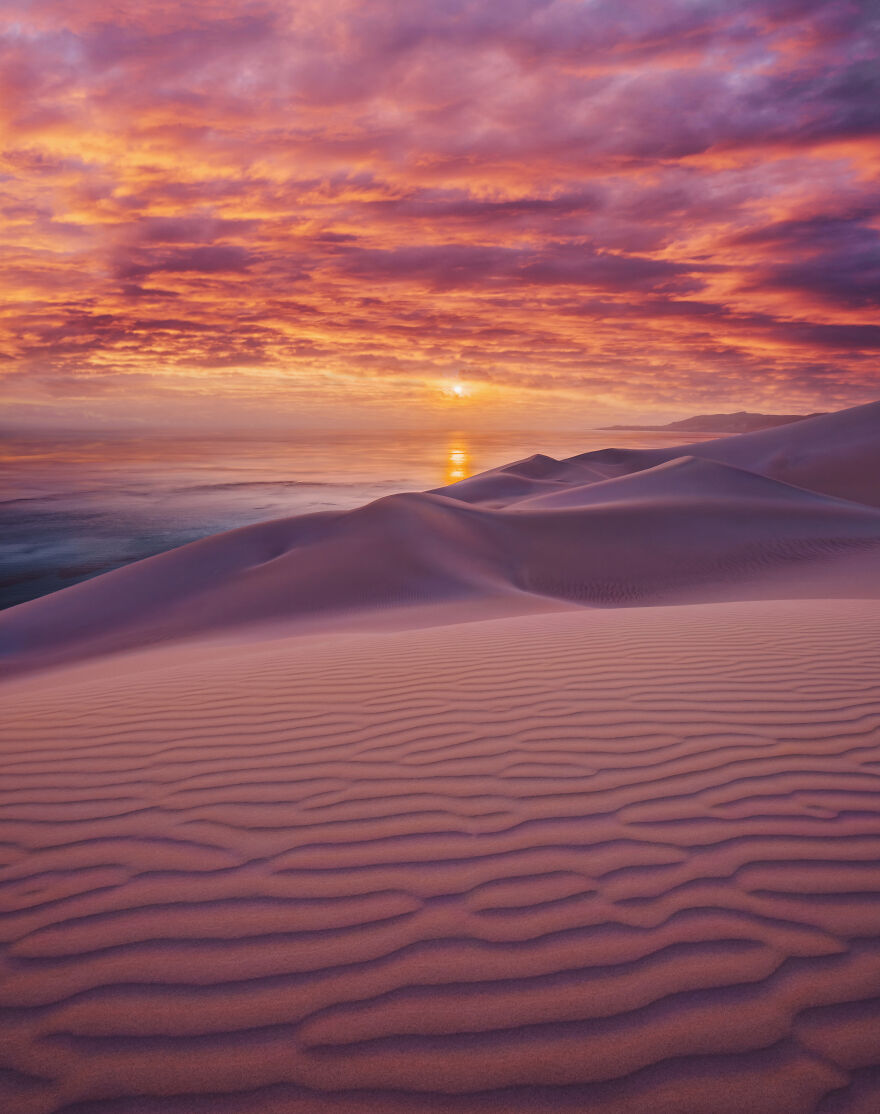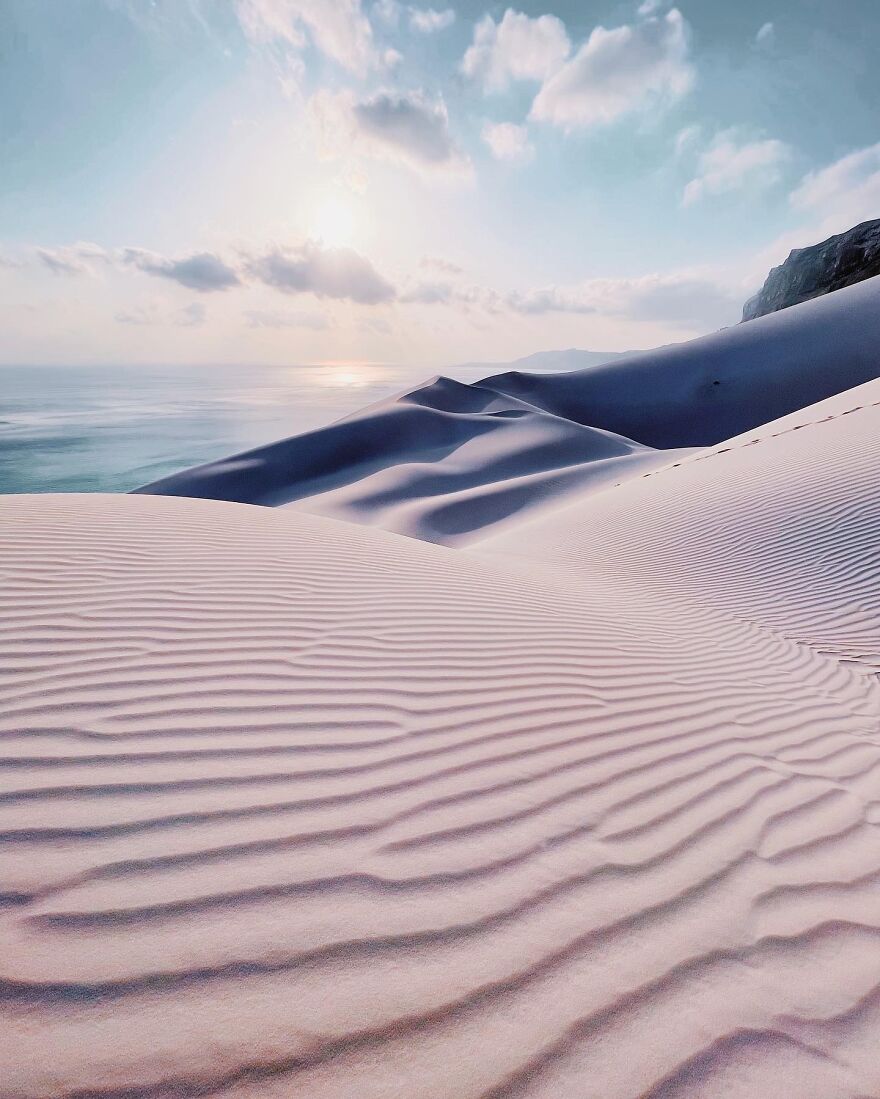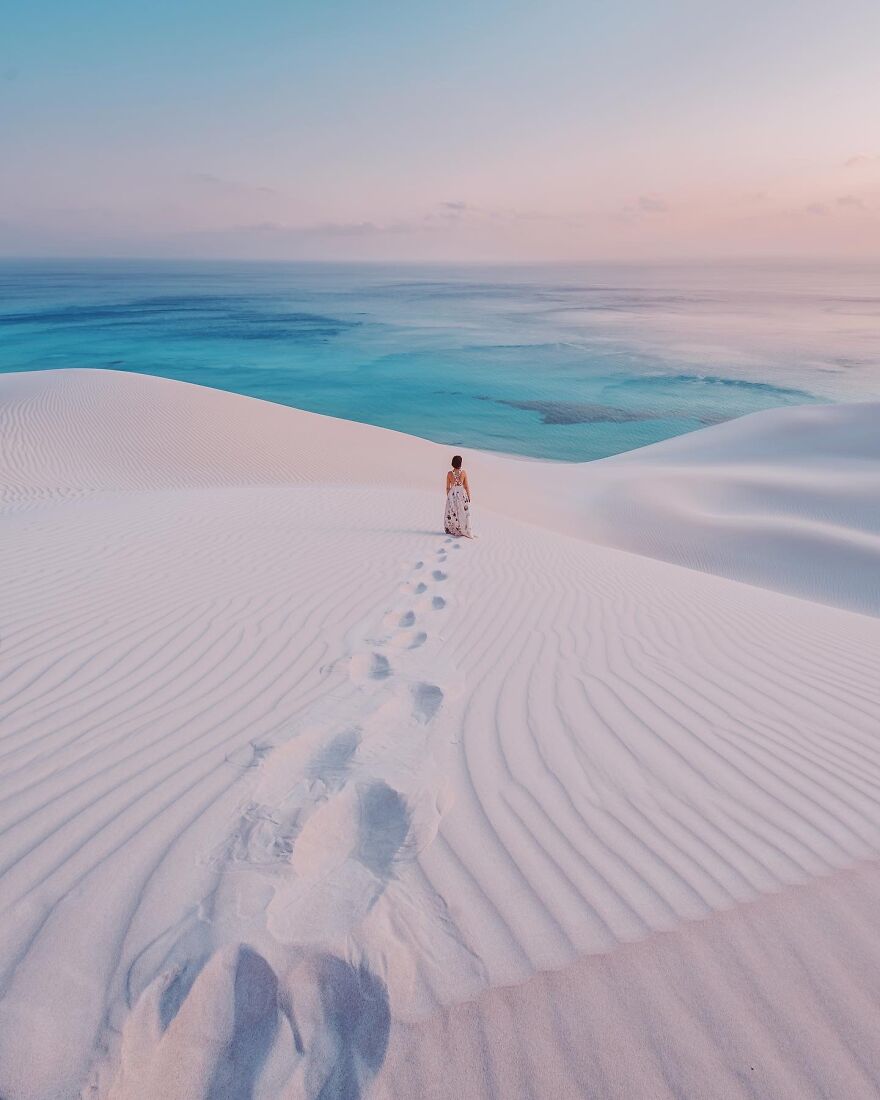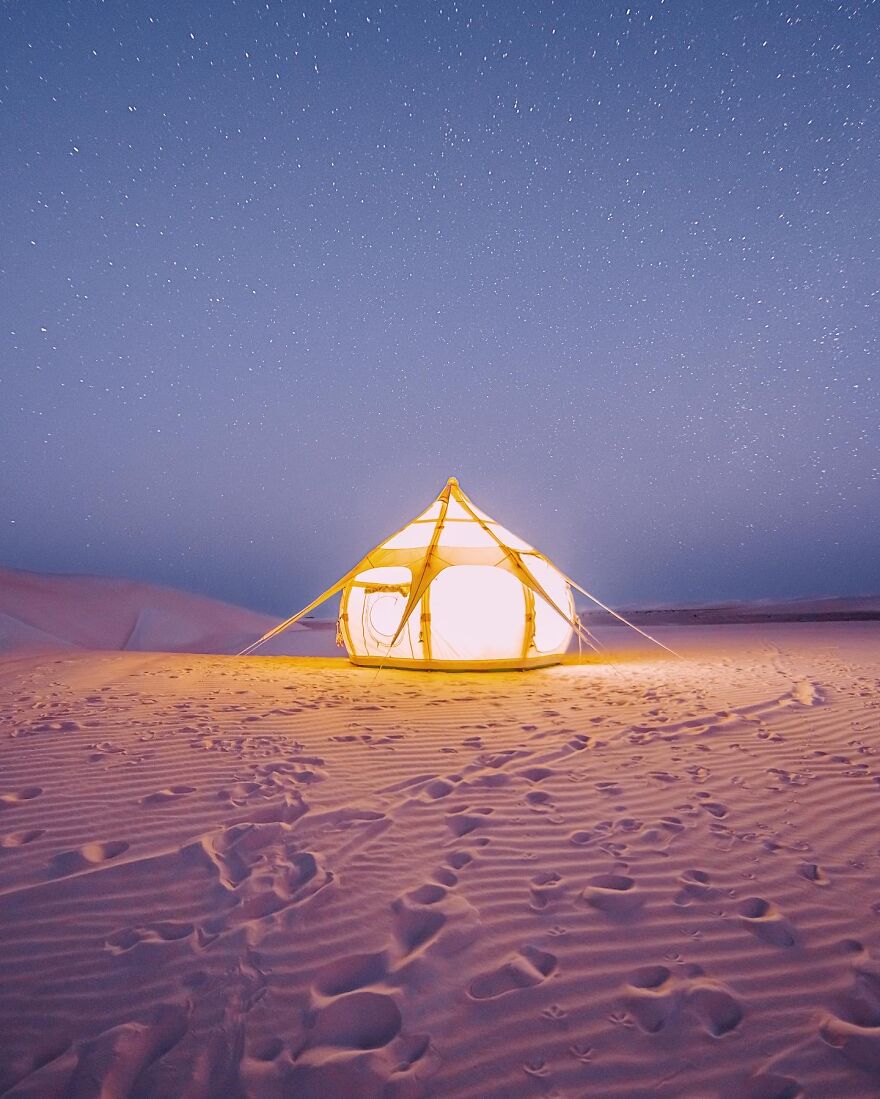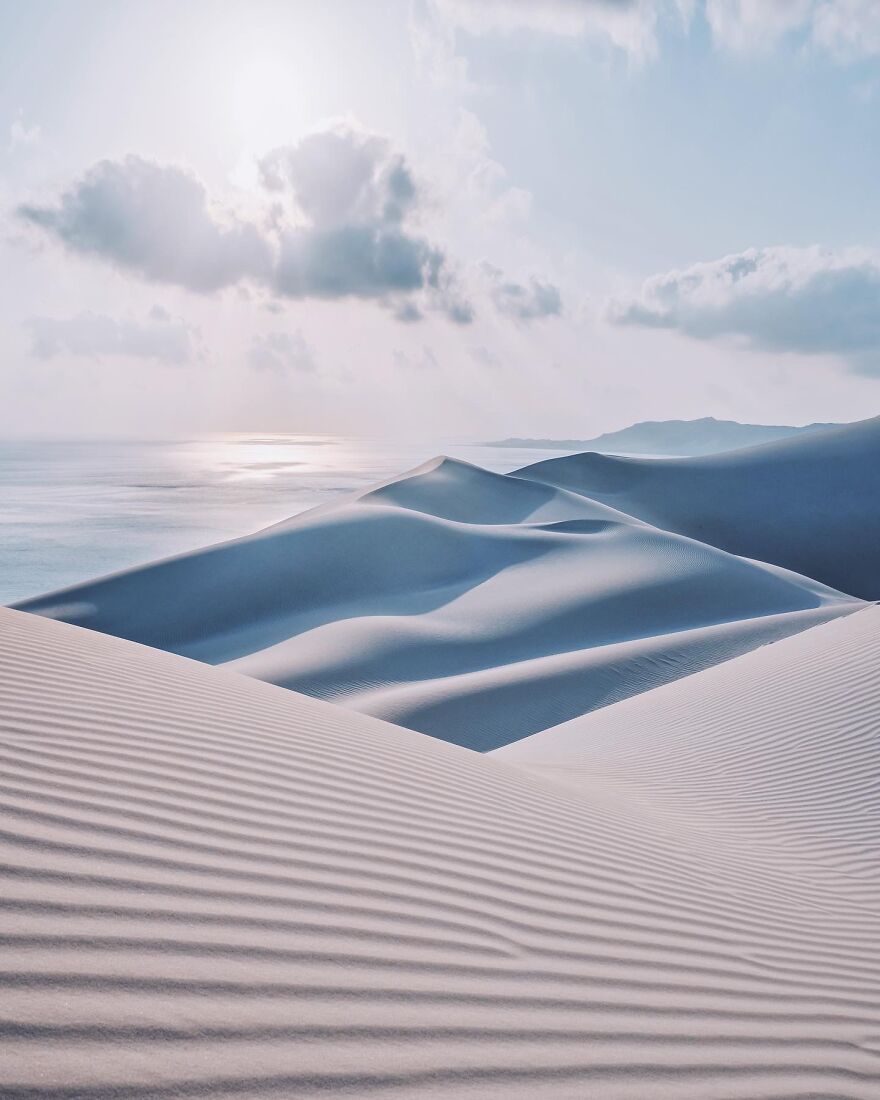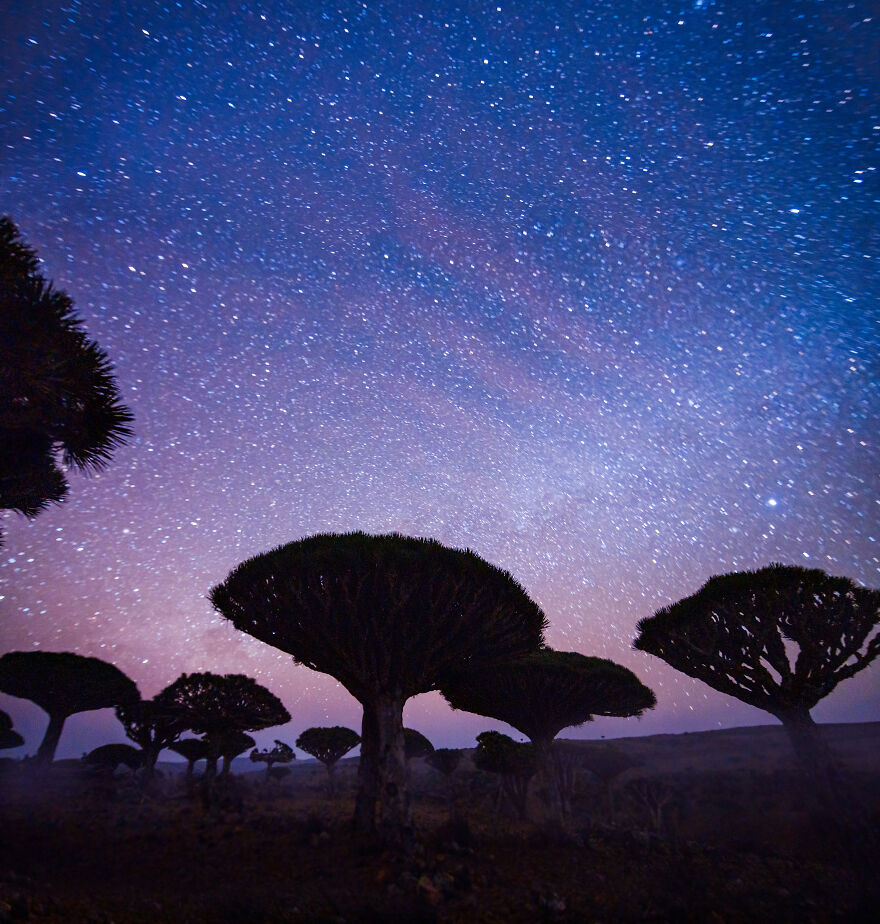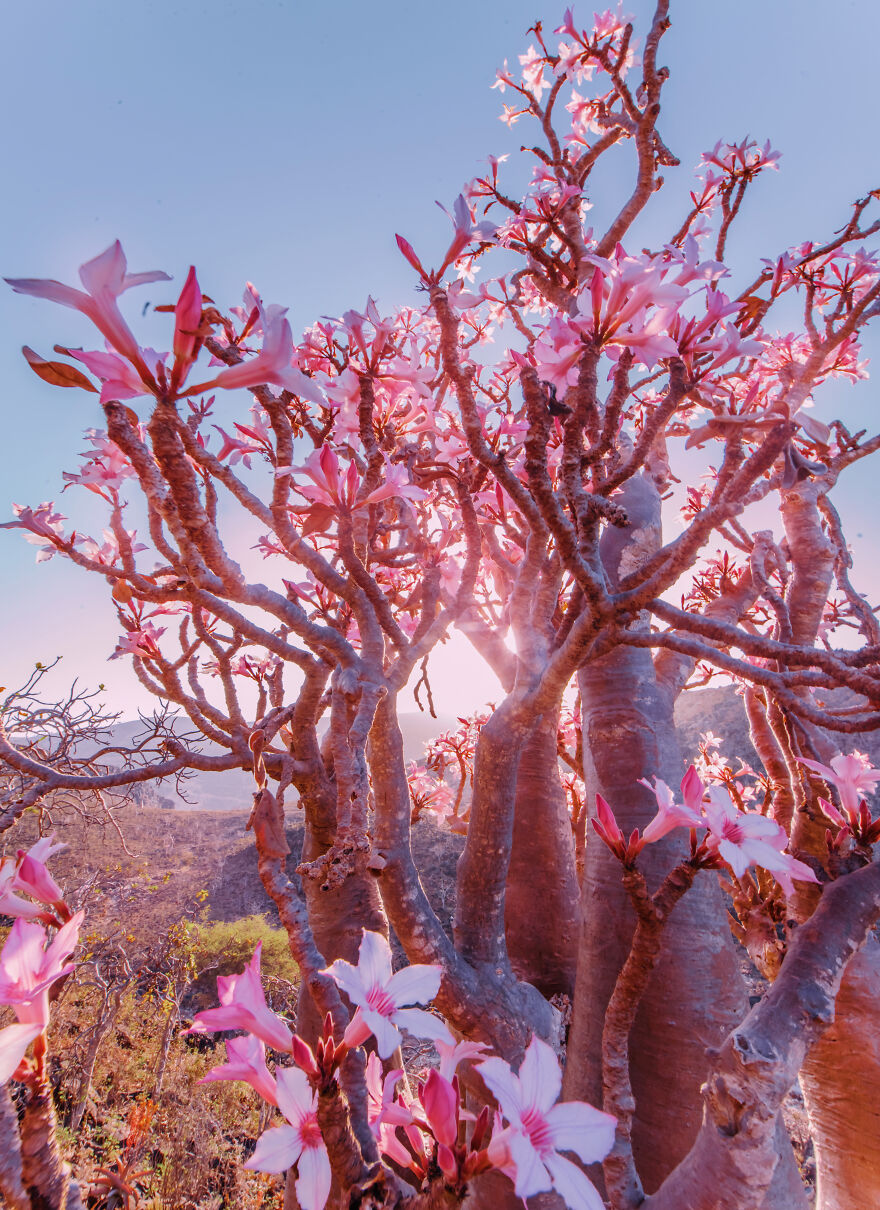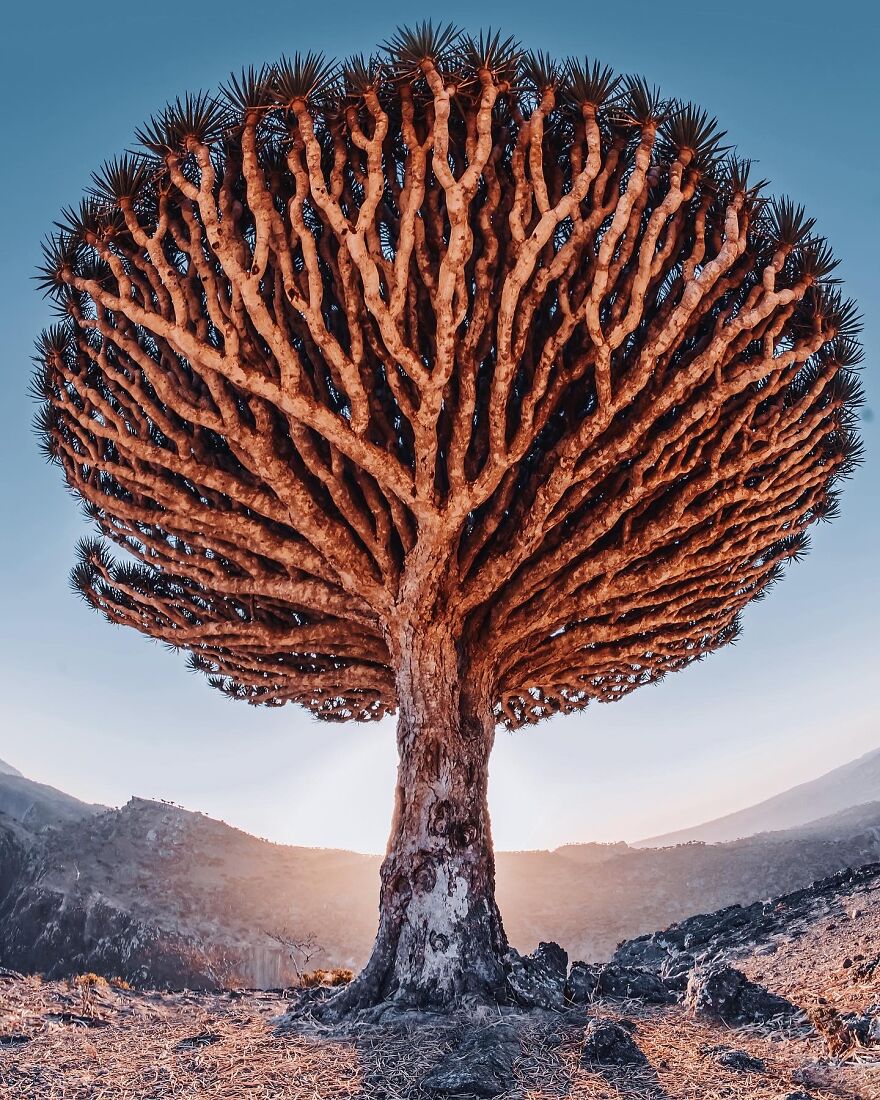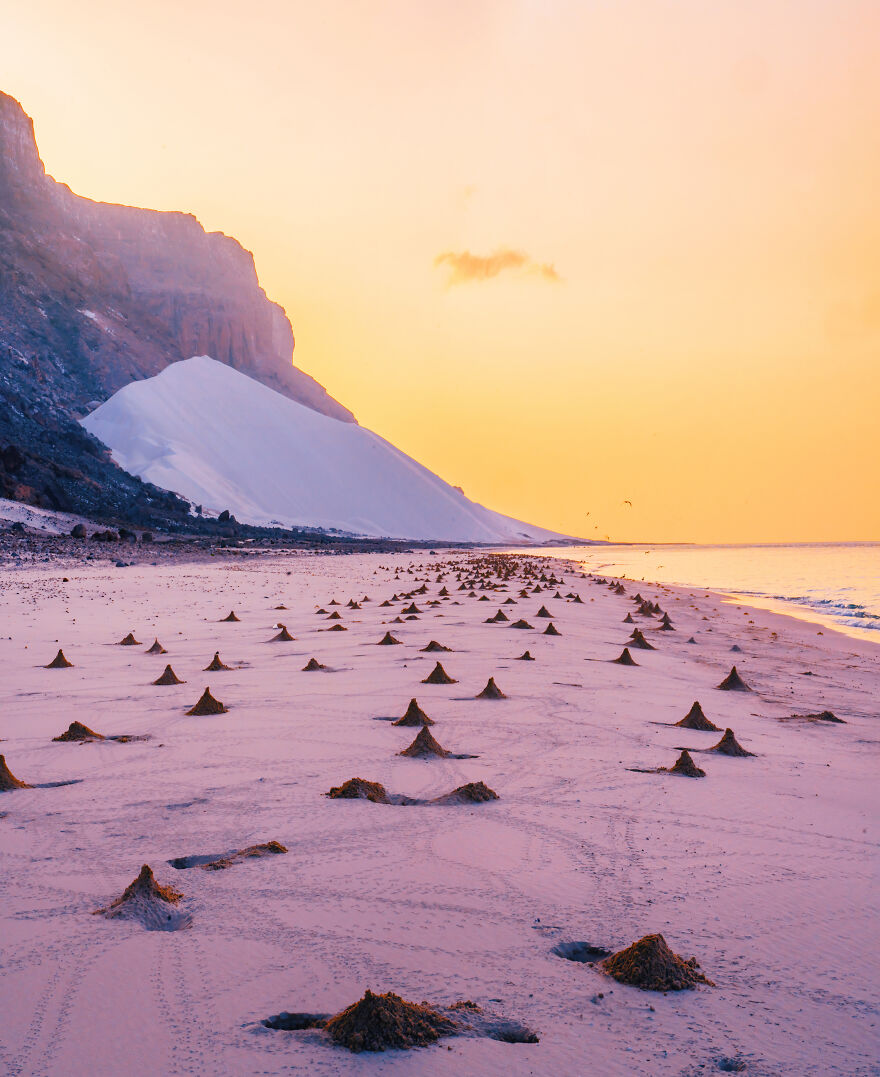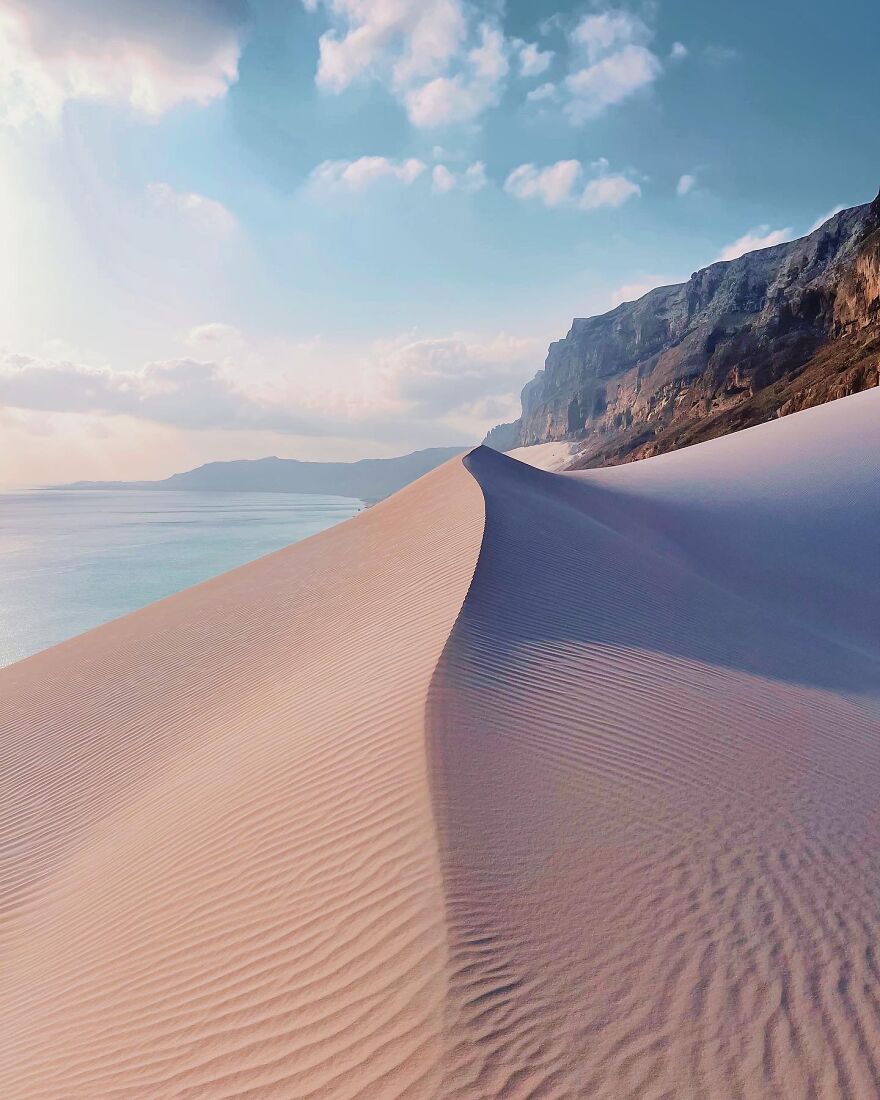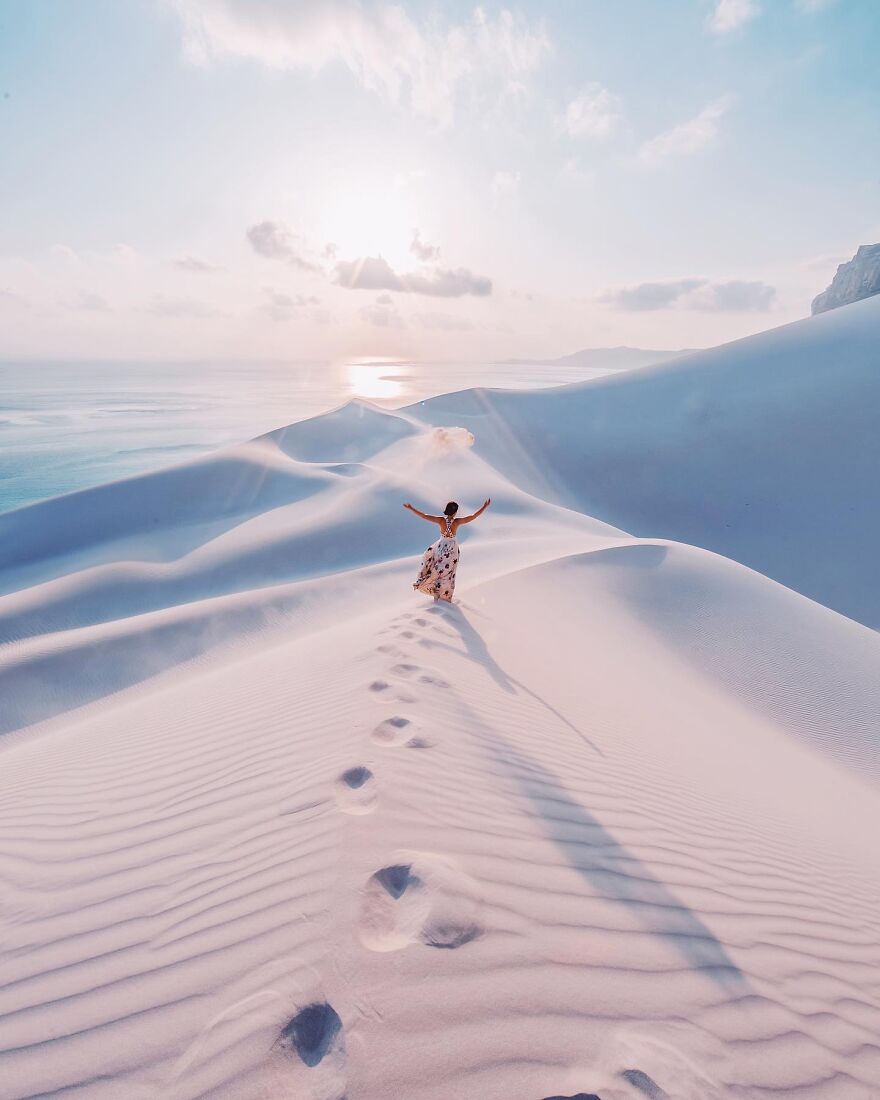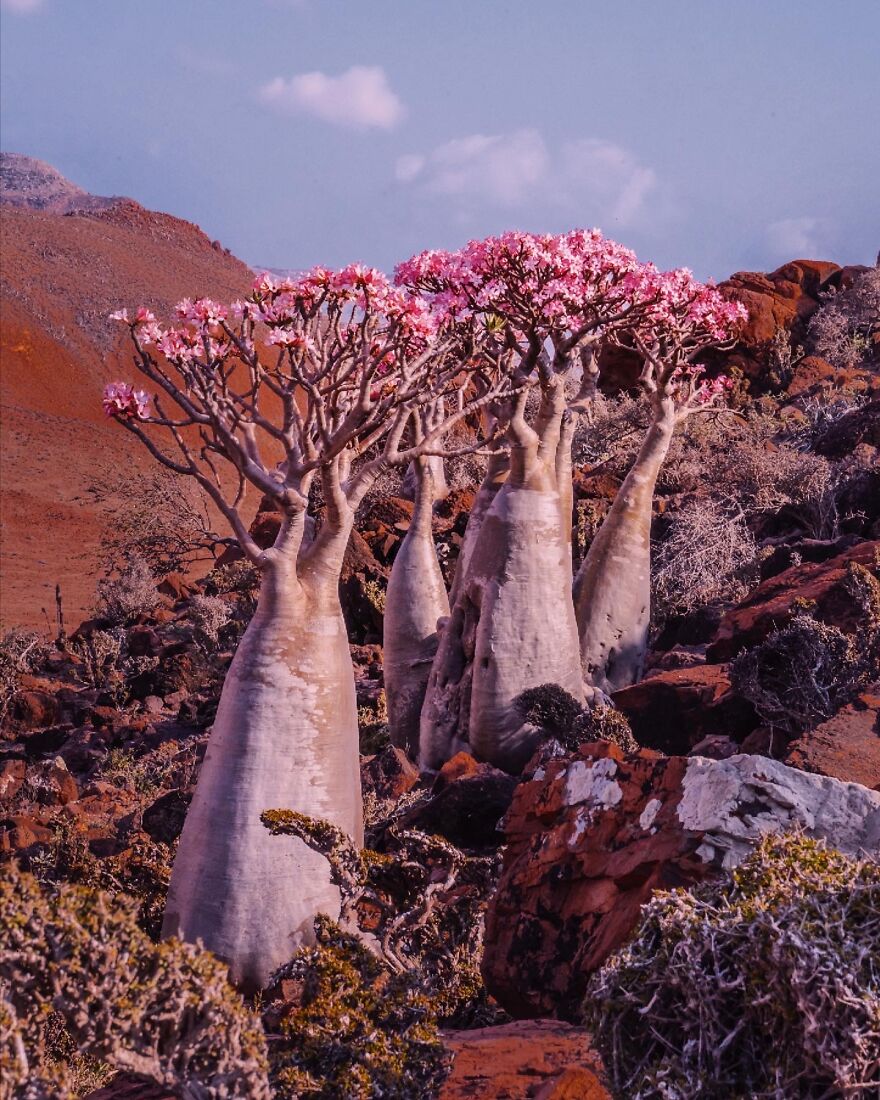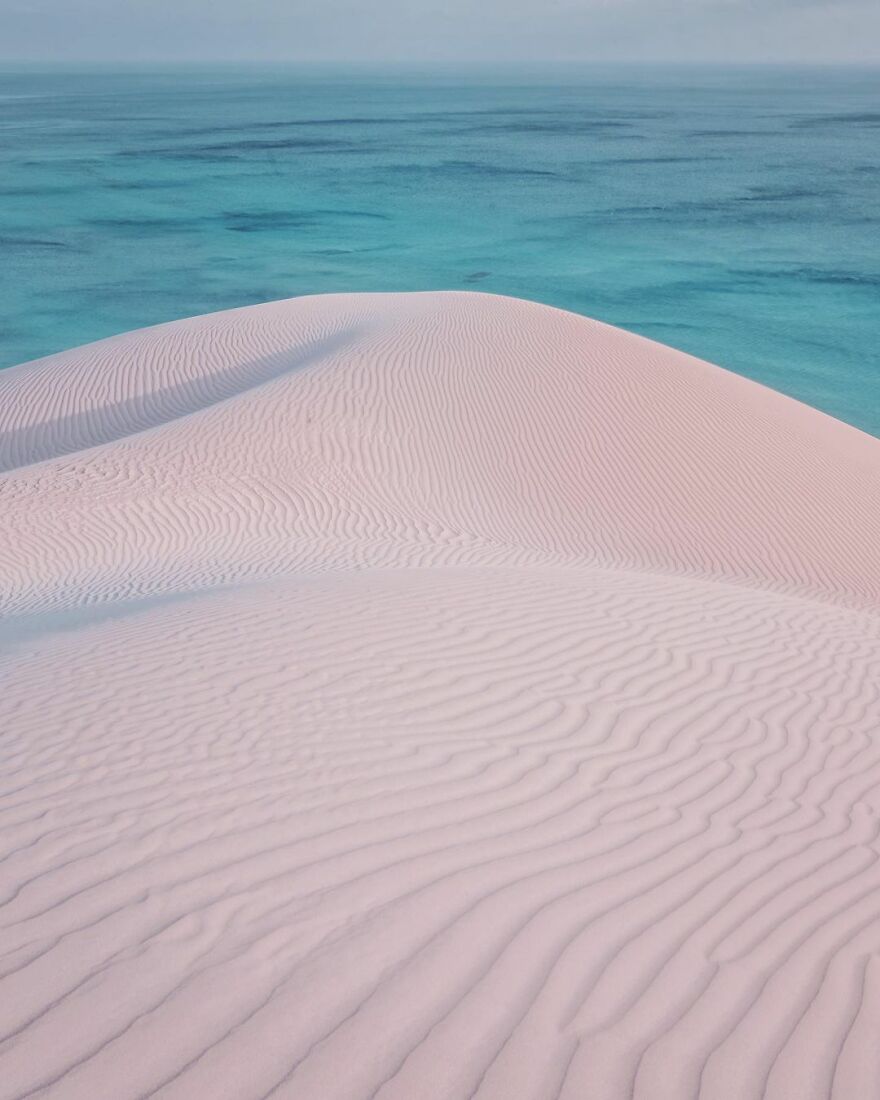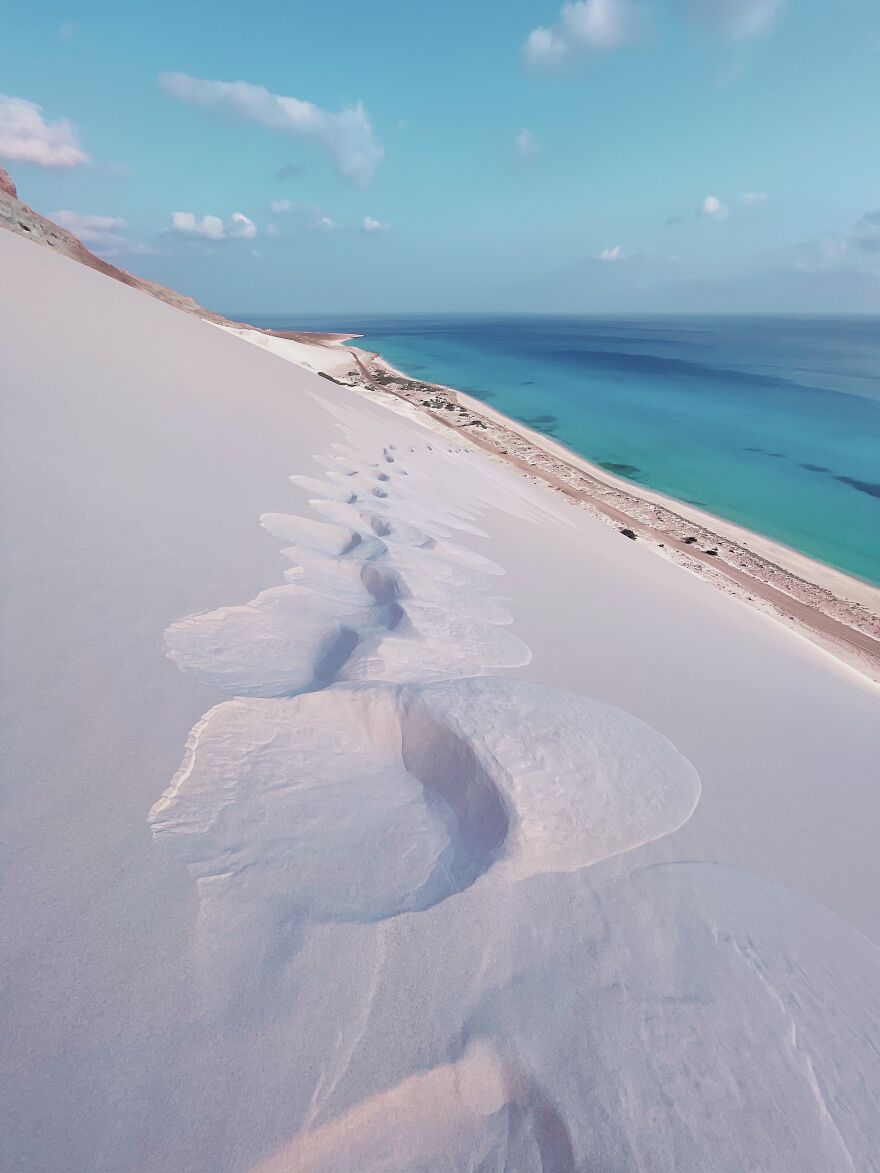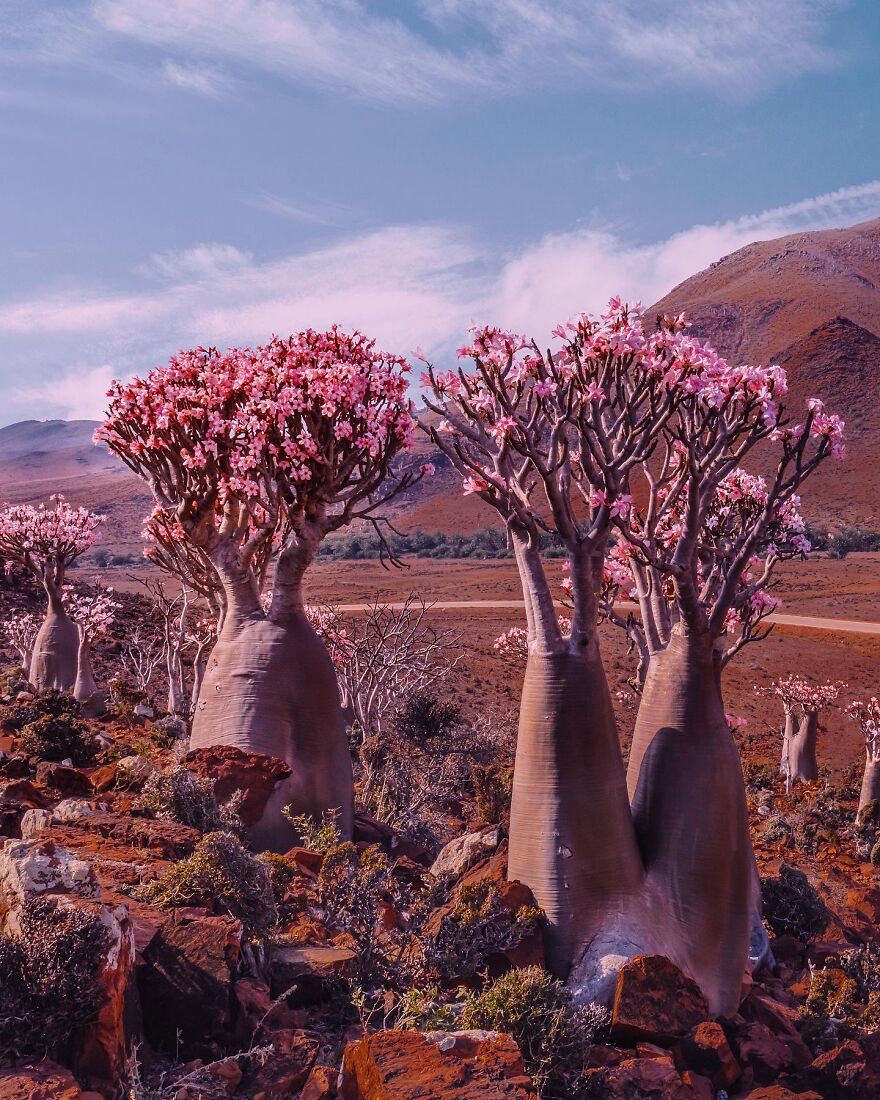Socotra Island, which belongs to Yemen, can be found in the Indian Ocean, near Somalia. This island is one-of-a-kind due to its continental origin and separation from Africa six million years ago. Its isolation, warm temperatures, heavy monsoon season between May and September, and mild winters have led to a specific group of flora and fauna that is only found on Socotra Island. The island’s exceptional biodiversity has resulted in it being declared a UNESCO World Heritage site.
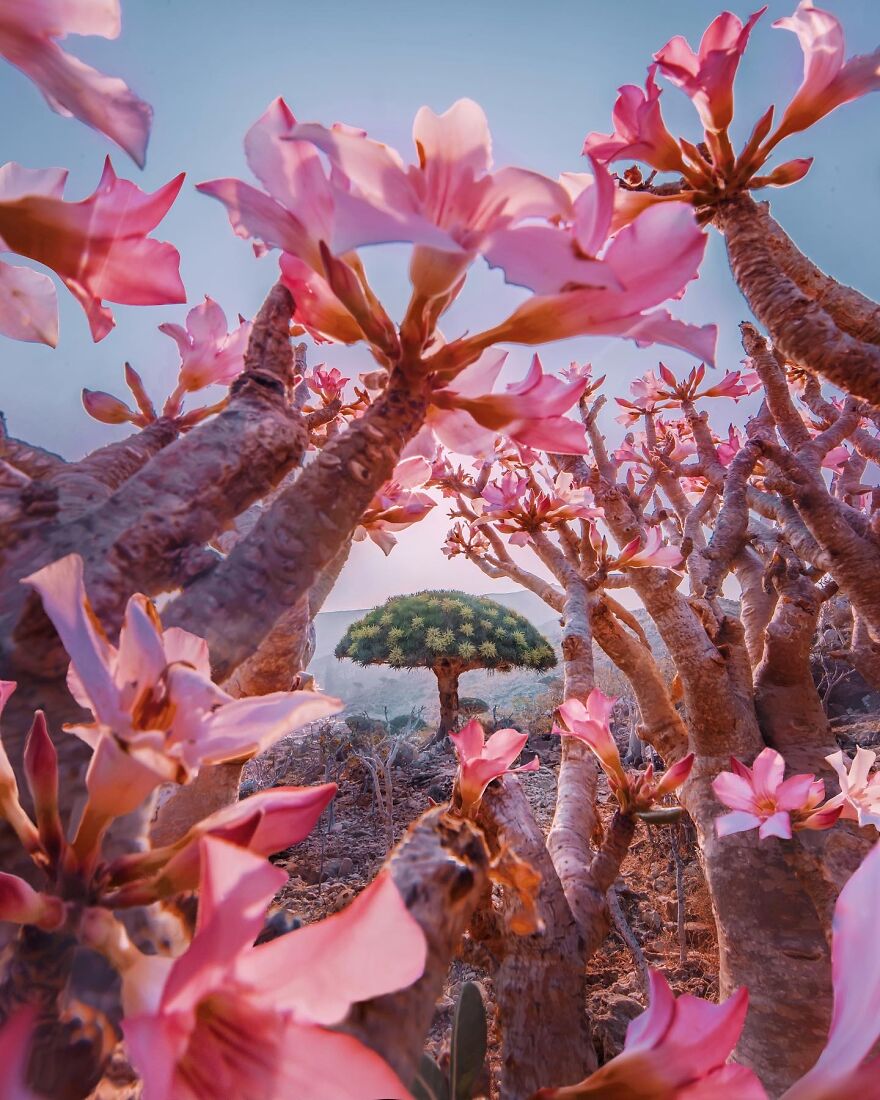
I embarked on my photography journey when I was just 14 years old by teaching myself photo-editing software and creating collages. At the age of 16, I received my first camera and quickly developed an unstoppable passion for capturing images. It has now been 18 years since I first started shooting.
For me, the trance-like state I enter when I’m creating – among other things – is what makes me so interested in photography.
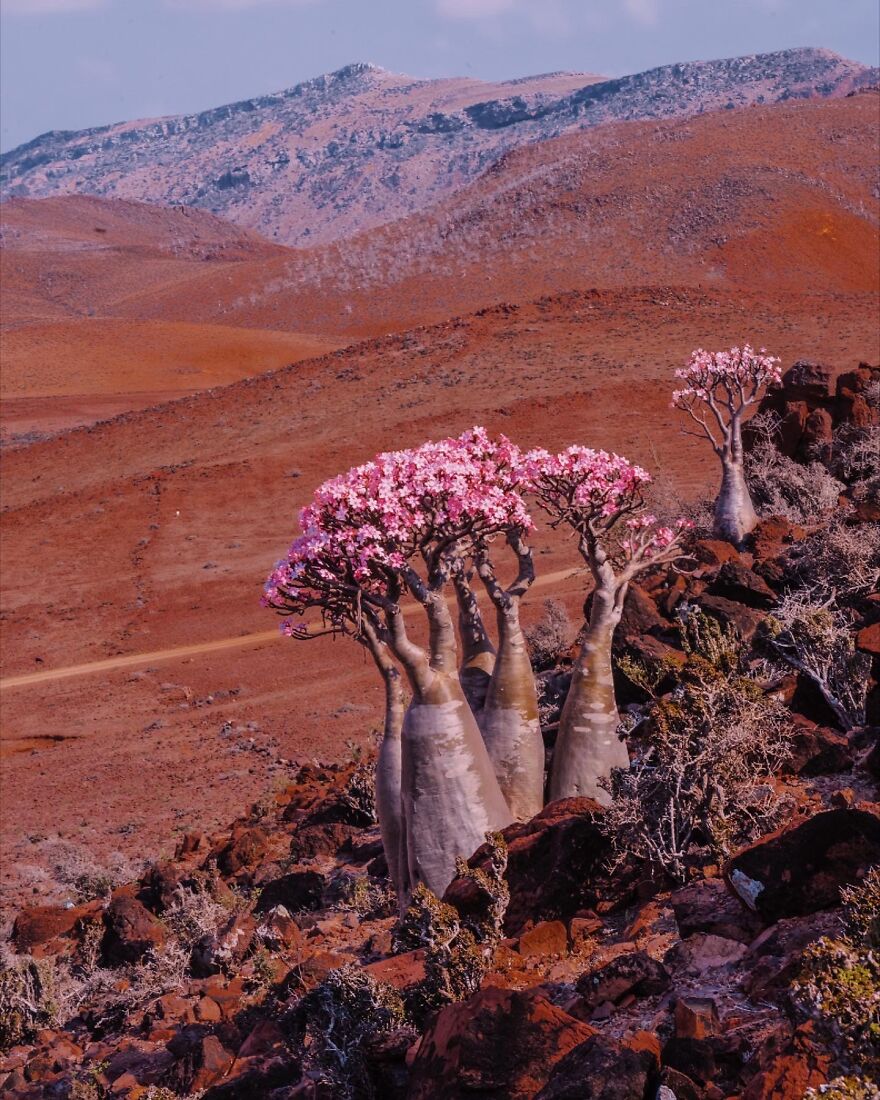
A friend introduced me to the island and we were also invited by a local travel company to visit. The only way to reach the island is through a packaged tour as tickets for charters from Abu Dhabi can only be purchased from Socotra Island and the plane operates only once a week. When we arrived at the airport, the island inhabitants were curious and came to observe the tourists waiting in line for registration.
We encountered some difficulties during our trip in April 2021 due to coronavirus restrictions. Our GPS bracelets were used to track our movements from Dubai to Abu Dhabi to ensure compliance with regulations. However, they were removed upon arrival at the airport and we were able to fly to Socotra. We also underwent blood sampling tests on the island.
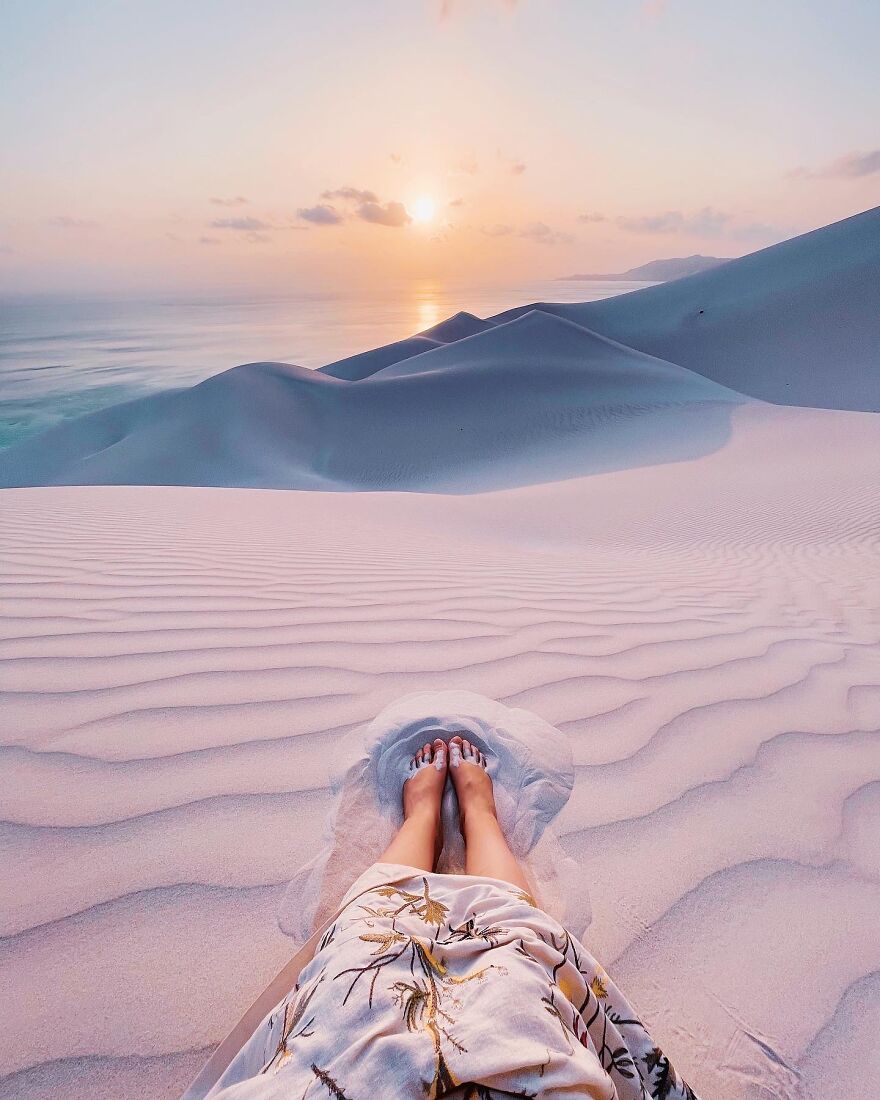
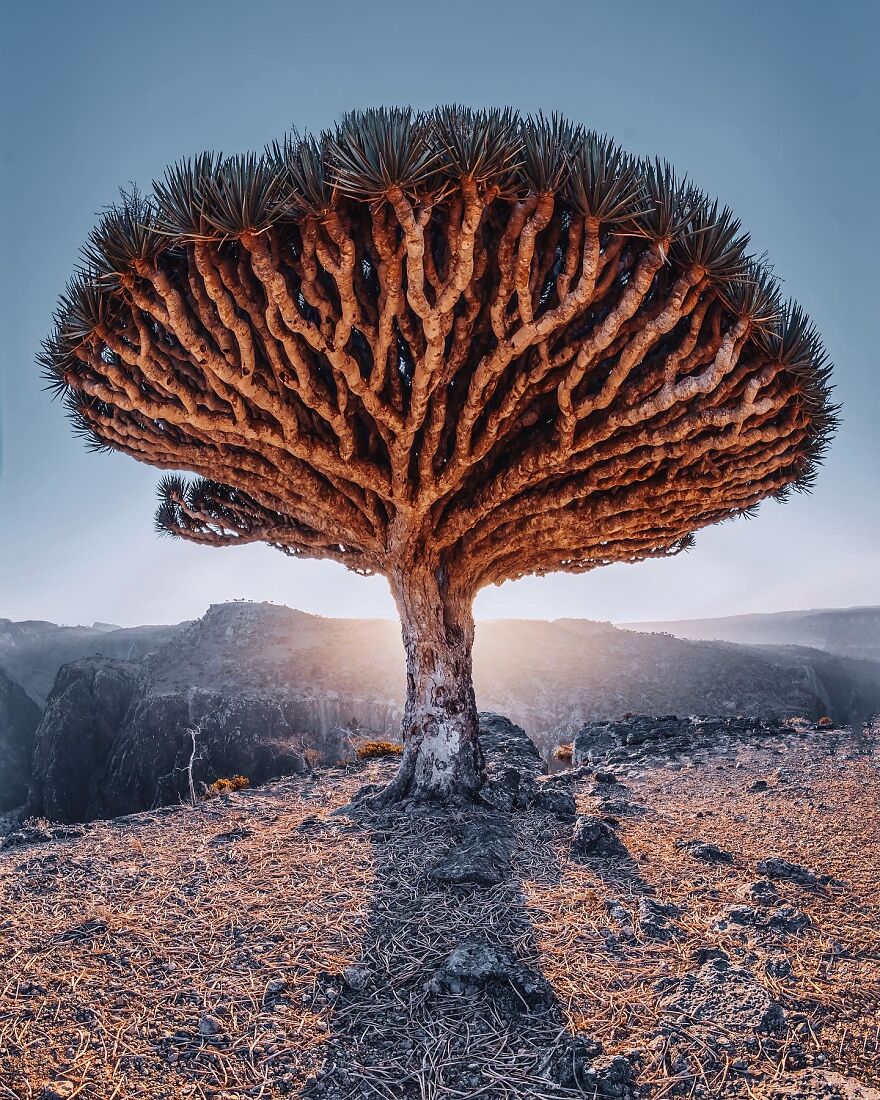
The main challenge of filming on the island was the absence of electricity. Despite this, the wide expanse of land meant that it was necessary to stay mobile and keep cameras charged for optimum use. Although the island was certainly hot, it was not any hotter than many other places in the world. It is important to always close the tent because there are harmful goats on the island that eat everything, including endemic trees such as Dragon Trees and Bottle Trees. There is also a risk of scorpions on the island.

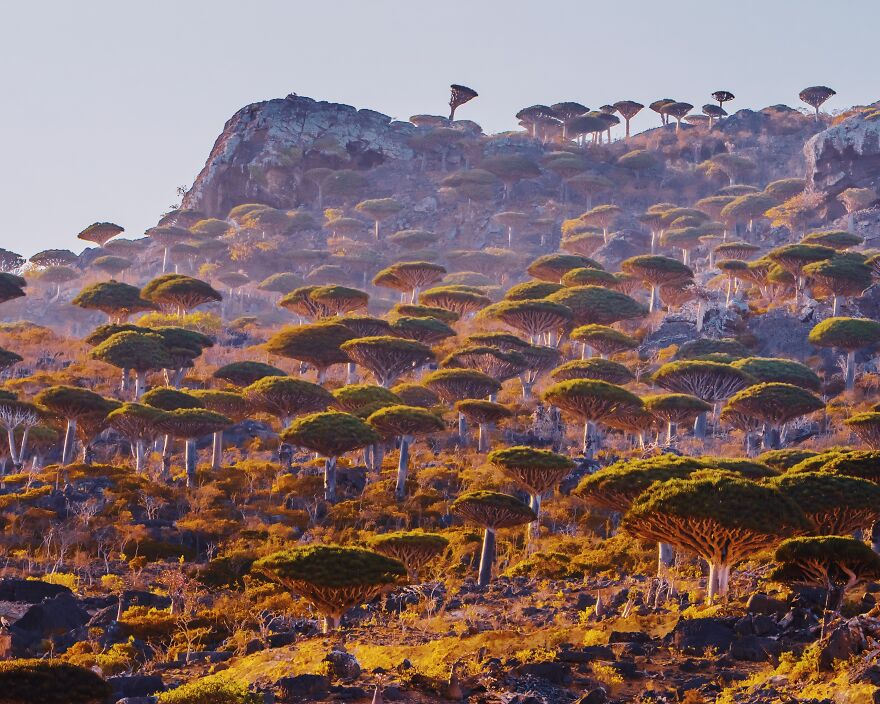
The small bottle trees and giant white sand dunes were the most captivating aspects of the island to me. From May to October, Socotra is hit with hurricane-force winds that blow these massive sand mountains from the deserts of Africa. It is truly a one-of-a-kind place to visit. Additionally, the Dragon’s Trees with red sap instead of juice were also a highlight for me.
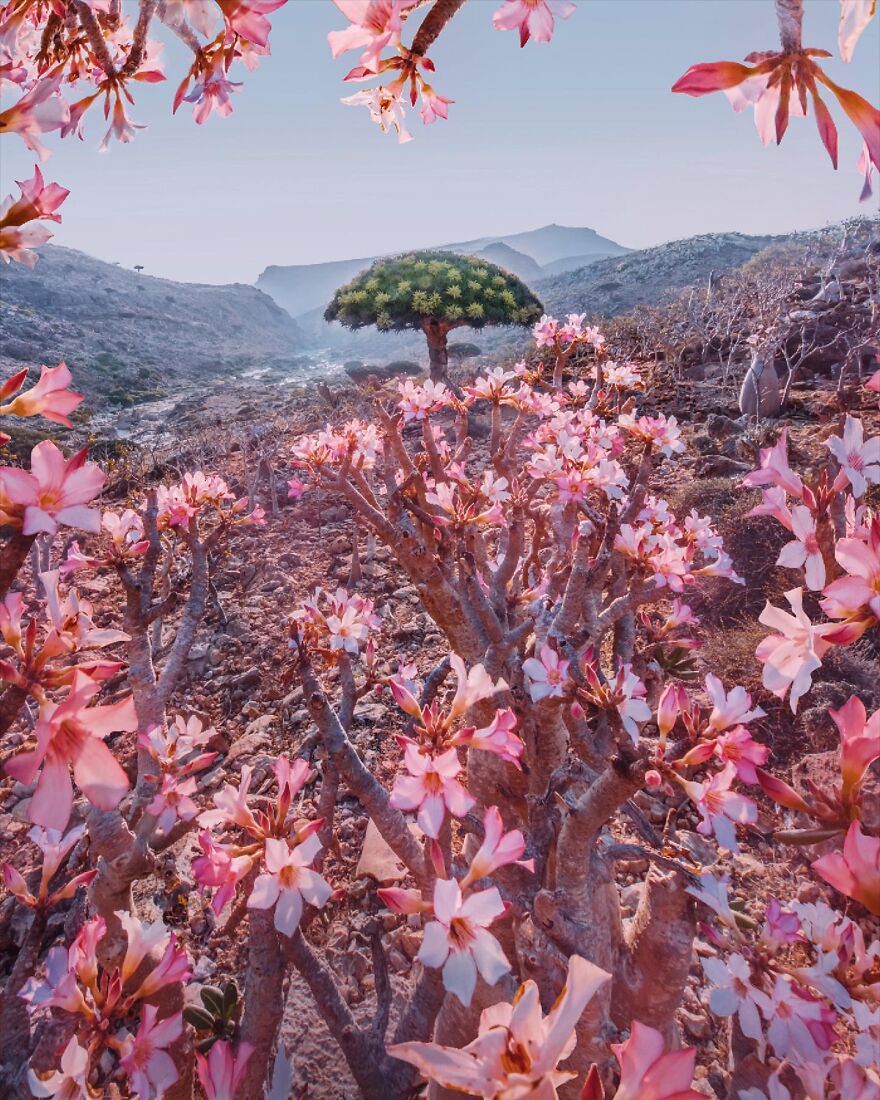
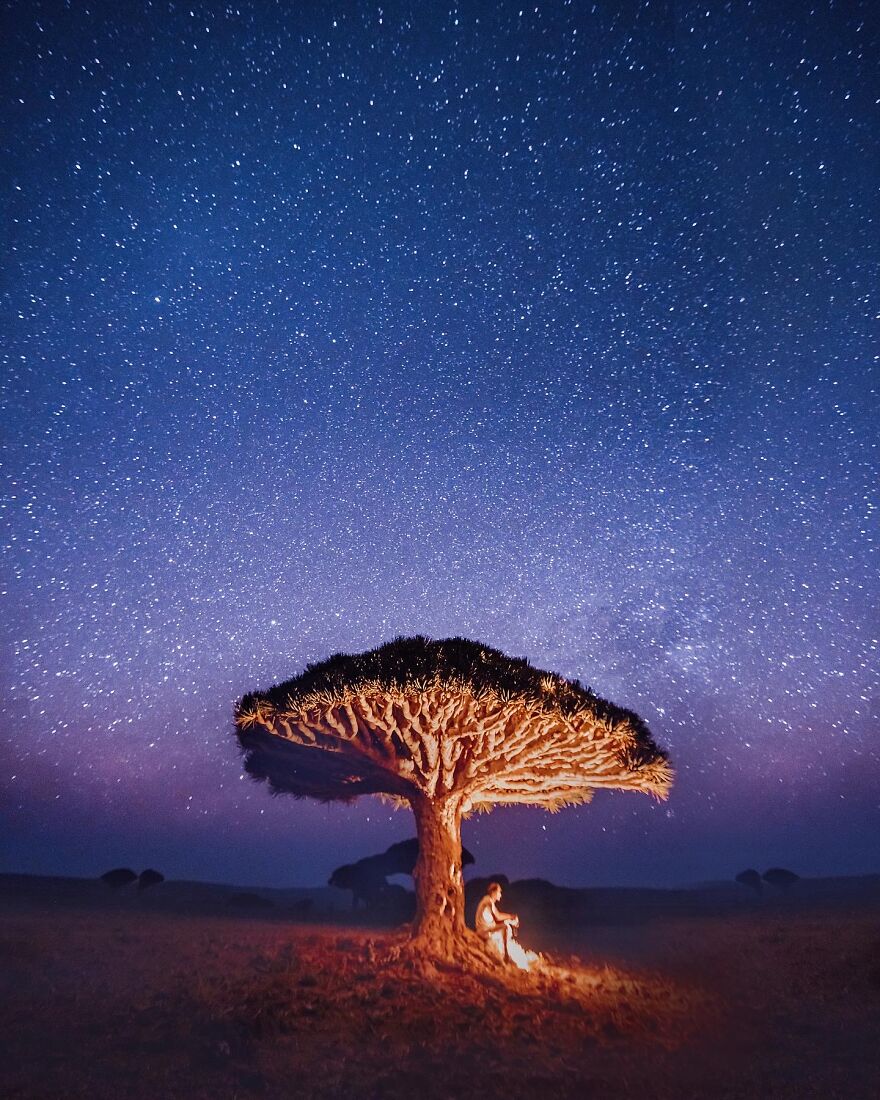
I always have multiple projects ongoing, and they revolve around the magnificence and distinctiveness of our planet. It is about acknowledging that the world is more breathtaking than what a camera can capture!
